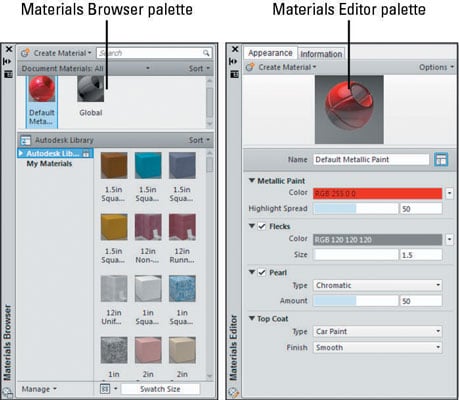The Express Tools are essentially a set of program files (predominantly AutoLISP files), many of which were written several years, if not decades, ago (long before AutoCAD for Mac ever existed). The TORIENT command, for example, is part of the acettxt.lsp file, written by Randy Kintzley and Tom Stoeckel in October of 1998. As such, these commands are heavily reliant on functionality only supported by Windows versions of AutoCAD, and so each command would need to be ported to AutoCAD for Mac to remove all reliance on functionality such as ActiveX. Furthermore, since the use of such files is governed by the Autodesk EULA, any modification and subsequent publication to these files for use with AutoCAD for Mac would be a violation of the license terms.
As such, you'll need to wait until Autodesk decide to do this work themselves. Colins sleazy friends cast season.
Nov 20, 2018 - Inserts a block or drawing into the current drawing. List of Prompts The following prompts are displayed. Enter block name or [?]: Enter a name. Learn how to automatically and sequentially number AutoCAD text by using the Text Count (TCOUNT) command in this free Express Tools tutorial. Learn how to automatically and sequentially number AutoCAD text by using the Text Count (TCOUNT) command in this free Express Tools tutorial. At still selected door start the Add Selected command from the Ribbon. The next and the same door insertion start immediately. The next and the same door insertion start immediately. Before inserting the next door, set the Automatic Offset value to 1050 mm [3’-2 1/2”].
• • These blocks work with all versions of AutoCAD for Mac and AutoCAD LT for Mac. It’s really quite simple With a click of the mouse, you’ll be able to quickly insert the symbols you need to generate piping & instrumentation diagrams with ease. This is Zero learning curve software. You’ll be productive instantly. We also offer a 30 day money-back guarantee if for any reason you are not happy.
How to draw your P&ID Once downloaded, all symbols can be found from within AutoCAD for Mac’s Content Palette. How to draw your P&ID symbols 1) Simply select a category of symbols from the library list.
Feb 16, 2016 - Solved: I have been able to insert by using the insert command. I saw a vidio about inserting a layout by clicking on status bar and opening the.
2) Choose the symbol you would like to insert and drag it into your drawing. Note: The Content Palette will show every one of the available symbols in that category.

Hovering your mouse over a symbol will show you it’s name. You don’t have to create your own line types anymore. Simply select the line type you need from the library list, then pick your start and end points.
You control the look of the lines by setting AutoCAD’s for Mac’s LTS (line type scale) variable to the desired setting. • • • • • • • • • • • • Details about P&ID for AutoCAD Mac: Each symbol is drawn on layer zero with “bylayer” attributes.

Once added, the symbols will take on the characteristics of your current layer settings. Valve and instrument symbols also contain attributes. This means you’ll be be prompted in the command line to input the annotations of the block, or you just leave it empty. Here’s what you get: The “P&ID Symbols Library for Mac” comes with a total of 220 symbols following the ANSI/ISA– 5.1– 1984 (R1992) standard. The symbols are organized in the following categories: Process and Signal Line Types: includes every linetype you’ll need Piping: pressure indicators, filters, regulators, lubricators, expansion joints and more. Valves: Ball valves, gate valves, globe valves, butterfly valves and more.

 0 kommentar(er)
0 kommentar(er)
